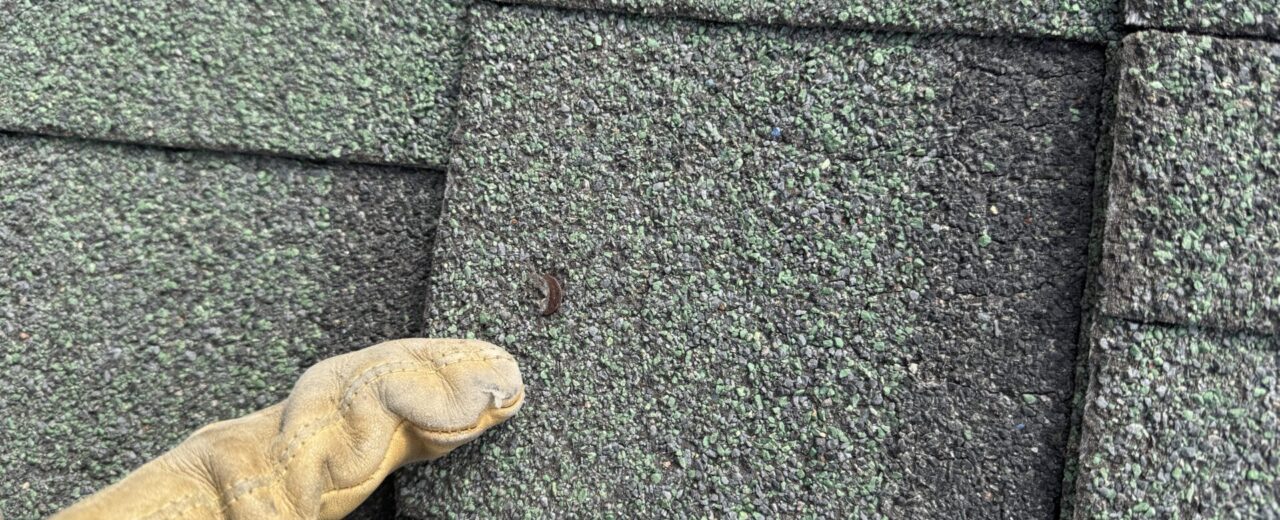What Happens If You Ignore a Small Roof Leak?
It’s easy to overlook a small roof leak—maybe it only shows up during heavy rain, or it’s just a faint stain on the ceiling. Out of sight, out of mind, right? But here’s the truth: ignoring a small roof leak can lead to significant, costly problems over time. What starts as a minor inconvenience can turn into a serious threat to your home’s structure, your health, and your wallet.
1. Structural Damage
Your roof is your home’s first line of defense against the elements. When water gets through, it doesn’t just sit still. It seeps into wood framing, drywall, insulation, and flooring. Over time, this causes wood rot, weakens structural components, and compromises the integrity of your roof and even the walls below it. A simple leak can lead to sagging ceilings, cracked drywall, and warped flooring.
2. Mold and Mildew Growth
Moisture is a breeding ground for mold and mildew. Once water enters your attic or walls, it creates the perfect environment for mold to grow. Mold can spread quickly—often within 24 to 48 hours—and doesn’t just stay where the leak is. It can move through ventilation systems, affecting multiple areas of your home.
Aside from the damage it causes to building materials, mold poses serious health risks. It can trigger allergies, worsen asthma, and cause respiratory problems, especially in children and older adults.
3. Higher Energy Bills
When insulation gets wet, it loses its effectiveness. That means your HVAC system has to work harder to maintain a comfortable temperature, whether it’s keeping you warm in the winter or cool in the summer. The result? A noticeable spike in your energy bills. What might have been a $200 repair could cost you hundreds more every year in lost energy efficiency.
4. Interior Damage
That small roof leak can eventually ruin paint, ceilings, and flooring. You might notice bubbling paint, water stains, or warped floorboards. And if the leak is near electrical wiring, it can even become a fire hazard. The longer the leak goes unaddressed, the more expensive the damage becomes.
5. Pest Infestations
Damp wood and insulation also attract pests like termites, carpenter ants, and rodents. These unwanted visitors can compound your problems by chewing through materials and wiring, leaving you with even more repairs.
Don’t Wait—Act Early
The worst part? Most of this damage happens slowly and silently. By the time it’s visible, it’s often too late to fix it cheaply. That’s why regular roof inspections and prompt repairs are so important. A licensed roofing professional can identify the issue, provide a fix, and help you avoid costly long-term damage.
A small roof leak isn’t just a minor nuisance—it’s a warning sign. Take it seriously, and you’ll protect your home, health, and bank account in the long run.


